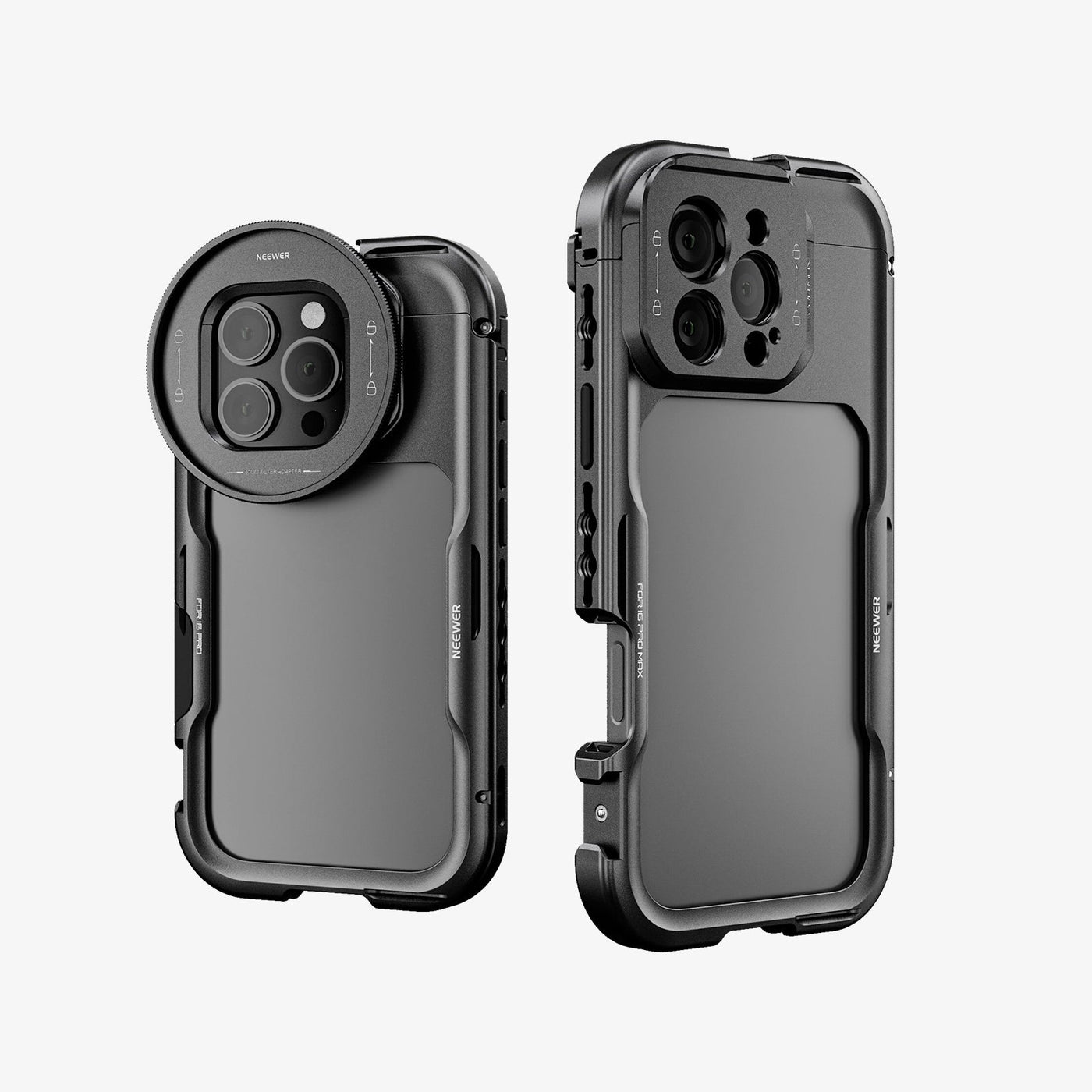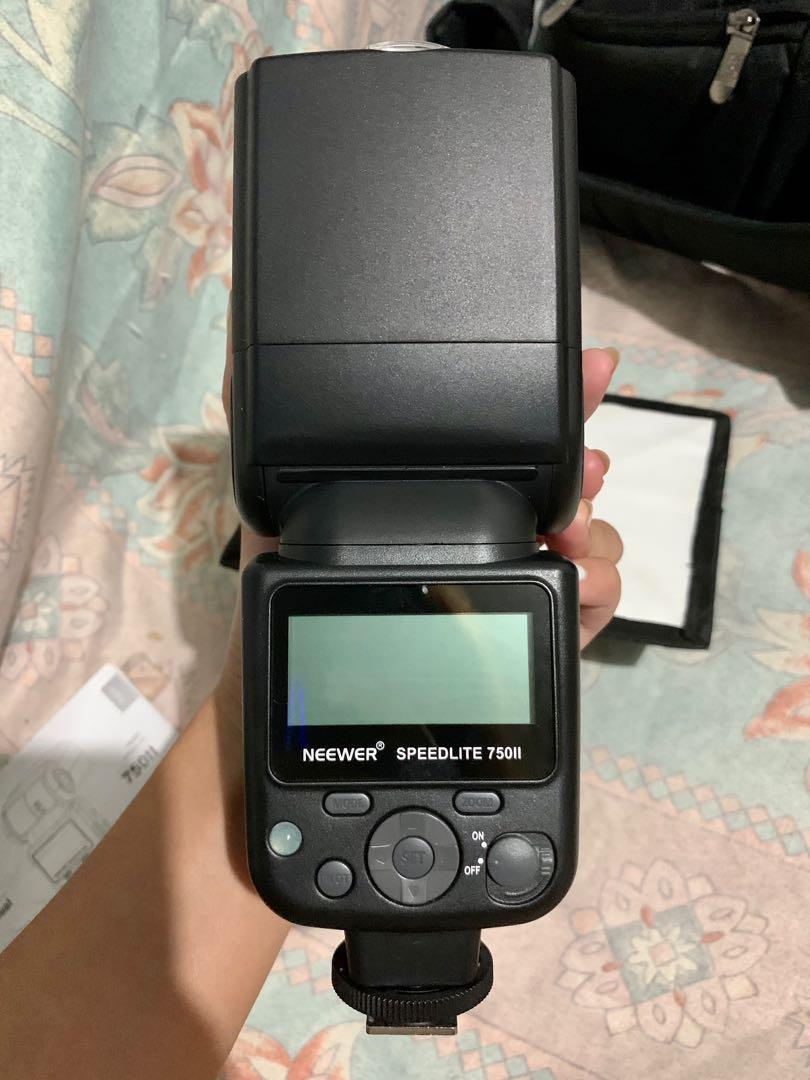Let’s face it: High-quality photography lighting can be expensive. For aspiring photographers, or those on a budget, the cost of professional-grade speedlights can be a significant hurdle. That’s where flashes like the Neewer 750II step in, offering a compelling blend of features and affordability. This in-depth review delves into everything you need to know about this popular portable flash, helping you decide if it’s the right lighting solution for your needs.
Unboxing and First Impressions

The Neewer 750II arrives in a sturdy box, containing the flash unit itself, a mini stand, a power adapter, and a soft pouch for protection during transport. The build quality feels surprisingly robust for its price point. While it’s clearly not made of premium materials like some of its more expensive competitors, the plastic casing feels durable enough for everyday use. Its size and weight make it highly portable, easily slipping into a camera bag without adding excessive bulk.
Key Features and Specifications

The Neewer 750II boasts a respectable guide number (GN), providing sufficient power for a range of shooting situations. This guide number allows you to illuminate subjects at a decent distance, even in relatively bright ambient light. It offers manual control over power output, giving you precise control over the intensity of your flash. The inclusion of various modes – including multi, strobe, and slave modes – adds versatility, enabling creative lighting techniques. Importantly, it’s compatible with various camera systems via its standard hot-shoe mount, ensuring wide applicability.
Furthermore, the flash includes a built-in LCD screen for easy adjustments and monitoring of flash settings. While the menu navigation might feel a tad rudimentary compared to high-end models, it’s straightforward enough to learn quickly.
Performance and Practical Use

In real-world testing, the Neewer 750II performed admirably. The recycle time is reasonably fast, minimizing downtime between shots, though it does slow down noticeably when operating at higher power levels. The color temperature is generally consistent, producing pleasingly balanced light. The manual power adjustment proved intuitive and allowed for precise control over exposure.
However, it’s worth noting that the flash doesn’t offer features like high-speed sync (HSS) found on professional models. This means that shooting at very high shutter speeds with the flash may result in inconsistent exposure. Additionally, the lack of advanced features like TTL (Through-the-Lens) metering means you’ll be relying on manual exposure settings or external metering tools.
Neewer 750II vs. the Competition
Compared to budget competitors, the Neewer 750II offers a robust feature set and a relatively higher guide number. It outperforms many similarly-priced flashes in terms of build quality and reliability. However, when comparing it to professional-grade speedlights from brands like Canon, Nikon, or Godox, the differences become apparent. Professional models offer advanced features like HSS, TTL, and improved recycle times, justifying their higher price tags.
For example, the Godox TT685, a popular alternative, offers TTL metering and HSS, significantly expanding its capabilities. However, the Godox also comes with a considerably higher price tag. The Neewer 750II is a compelling option for those who prioritize affordability but still want decent performance.
Who is the Neewer 750II for?

The Neewer 750II is an excellent choice for several user groups. Beginner photographers on a tight budget will find it a great way to experiment with off-camera flash and learn the fundamentals of lighting. Hobbyists who occasionally need extra light for portraits or product photography will appreciate its portability and ease of use. Even experienced photographers might find it useful as a secondary or backup flash.
However, if you require advanced features like HSS, TTL metering, or exceptional recycle speed, you’ll likely want to consider a more professional speedlight.
Tips and Tricks for Using the Neewer 750II
Here are some tips to maximize your results with the Neewer 750II:
- Master manual flash exposure: While it lacks TTL, mastering manual flash exposure will unlock its full creative potential.
- Experiment with different modifiers: Using diffusers, softboxes, or umbrellas can significantly soften and shape the light.
- Utilize bounce flash: Bouncing the flash off ceilings or walls creates a softer, more natural-looking light.
- Use a light meter: A light meter can help ensure accurate exposure, particularly in challenging lighting conditions.
- Practice makes perfect: Like any piece of equipment, practice using the flash will improve your skills and help you understand its capabilities.
Conclusion: A Solid Value Proposition
The Neewer 750II isn’t a professional-grade speedlight, but it’s a remarkably capable flash for its price. It offers a solid blend of performance, portability, and affordability, making it an excellent entry-level option or a valuable addition to any photographer’s kit. If you’re on a budget and looking to expand your lighting capabilities, the Neewer 750II deserves a serious look. Its limitations are mostly evident when compared to higher-priced models, but for its price point, it offers impressive performance.
Ultimately, the best way to determine if the Neewer 750II is right for you is to try it out. Its affordability makes it a low-risk investment that could greatly benefit your photography.


